How to Successfully Grow Fruit Trees in Small Backyard Spaces
Gardening in a tight space can feel challenging, especially if you want to pick fresh fruit right outside your door. Not everyone has a big yard, and that’s okay. With a little planning, even a small patch of green can become a productive garden.
Growing fruit trees in small spaces is a great way to make use of what you’ve got. It helps you get fresh, homegrown produce without needing a lot of land. Whether it’s a patio, a balcony, or a tiny backyard, you can still enjoy the satisfaction of growing your own fruit.
This post may contain affiliate links, which helps keep this content free. Please read our disclosure for more info.
Choosing the Right Fruit Trees for Small Spaces
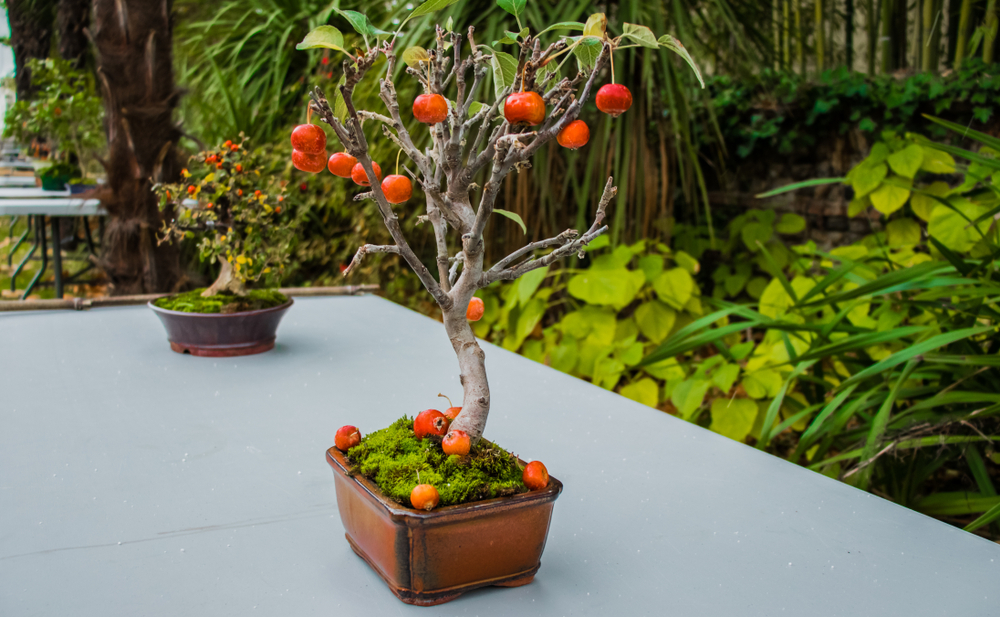
Look for trees labeled as dwarf or semi-dwarf. These are naturally smaller than standard varieties and are perfect for containers or tight garden spots. They produce full-size fruit, just on a smaller tree.
Here are some good picks.
- Apple
- Pear
- Peach
- Cherry
Fig and citrus trees also work well if your climate allows. Before choosing, think about how much sunlight the area gets and whether the tree type grows well in your zone. A local nursery can help you figure that out.
Selecting the Right Location
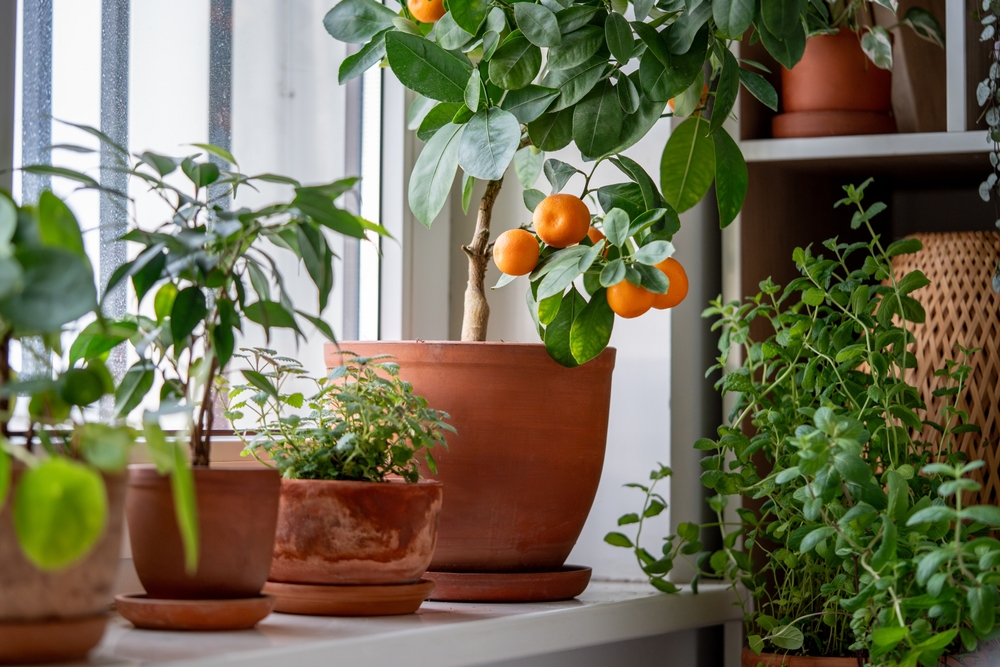
The best spot for fruit trees gets at least six hours of sunlight a day. That could be along a fence, near a sunny wall, or even in a corner of your yard that gets good light. Try to avoid placing them where strong winds can knock off blossoms or young fruit.
If ground space is tight, think upward. You can train trees to grow flat against a wall or fence, or use vertical planters nearby for extra planting room. Containers can also be moved around to follow the sun as the seasons change.
Container Gardening for Fruit Trees
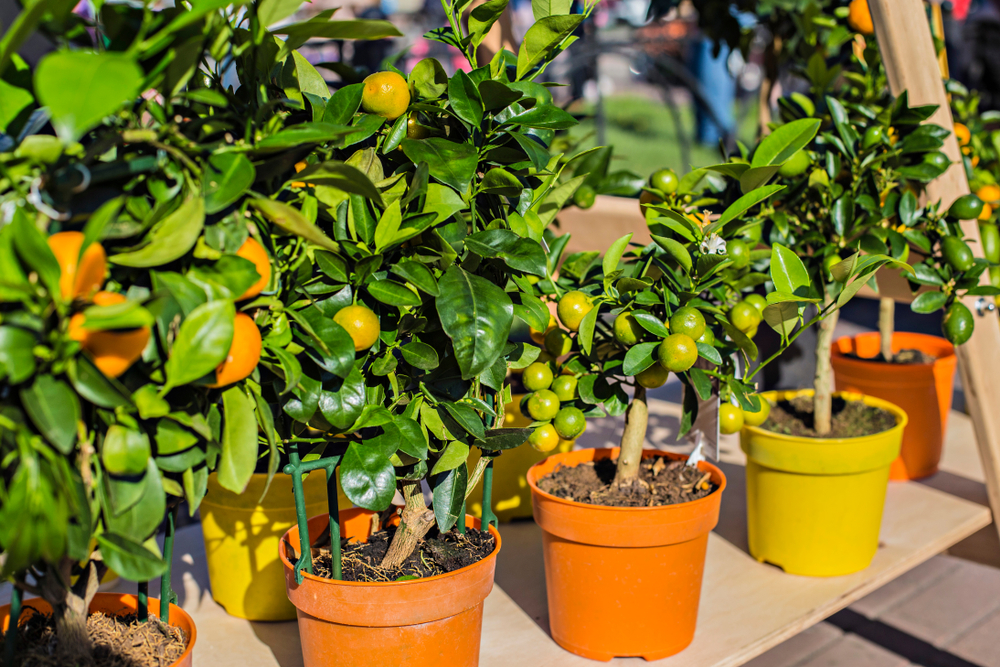
Containers give you more control over the size of your tree and where it grows. They’re great for renters or anyone who wants to move their trees around or bring them indoors in colder months.
Choose large, sturdy pots with good drainage holes. Half-barrels, tubs, and raised beds work too. Use a mix that drains well, like potting soil with added compost and perlite, which is usually a safe bet. Water when the top few inches of soil are dry and feed with organic fertilizer during the growing season.
Pruning and Training Fruit Trees for Small Spaces
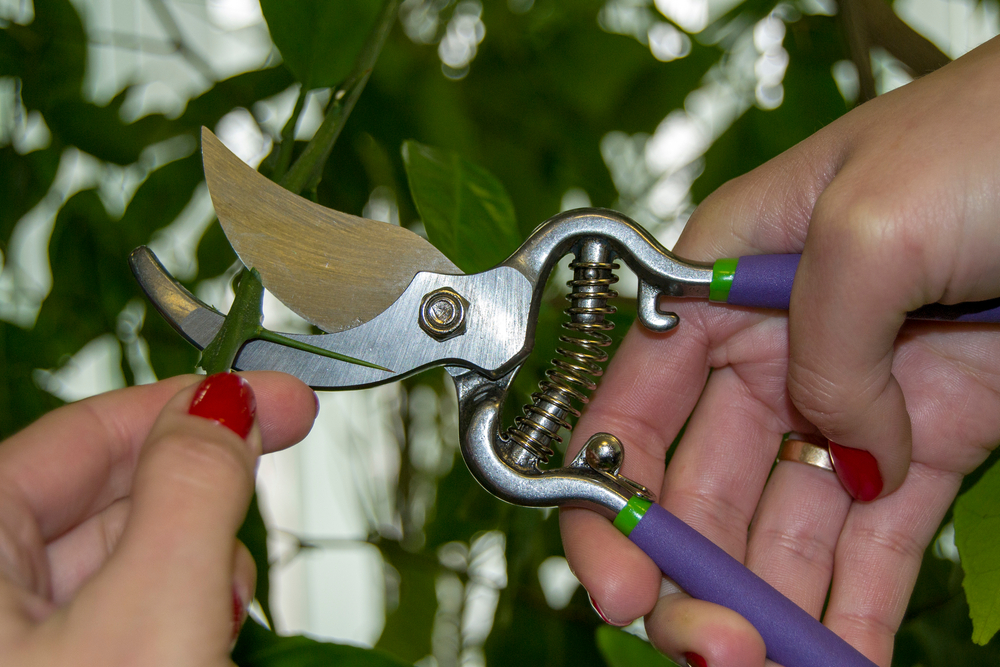
Pruning helps keep your tree a manageable size and encourages better fruit production. Don’t be afraid to cut, since it actually helps the tree grow better. The goal is to shape the tree and keep air flowing through the branches.
For tight spaces, techniques like espalier can be a smart solution. This is where you train the tree to grow flat along a wall or fence. It saves room and can look really nice, too. Late winter or early spring is usually the best time to prune before new growth starts.
Pollination Needs for Fruit Trees
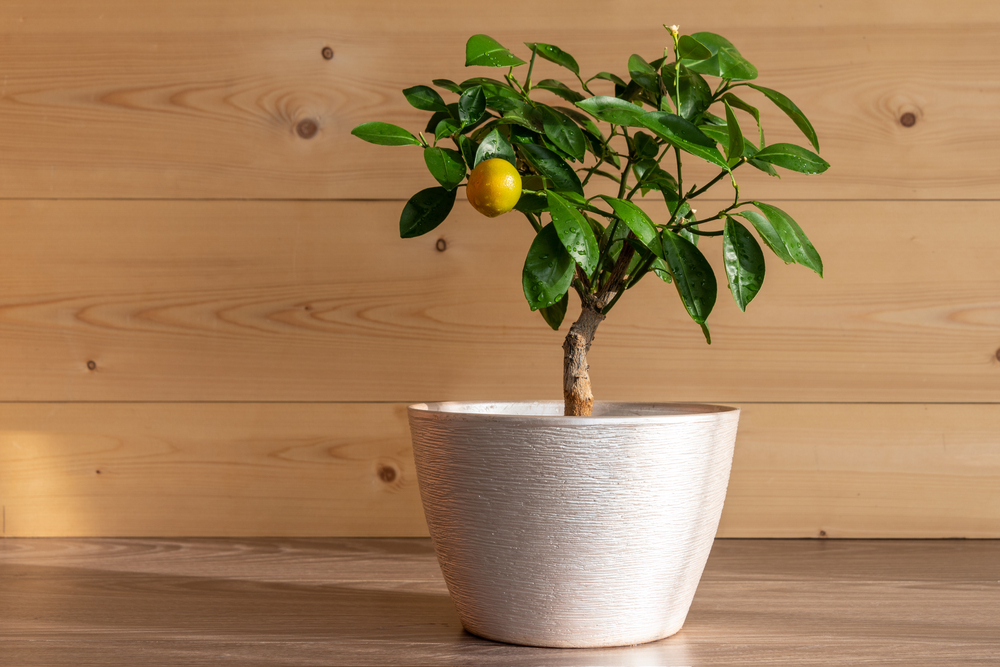
Some fruit trees can produce on their own, while others need a partner tree for cross-pollination. Apples and pears often need another variety nearby, while figs and some citrus types don’t.
To get better fruit yields in small spaces, follow these tips.
- Choose self-pollinating varieties if you’re short on room
- Plant compatible trees in one large container or nearby
- Add pollinator-friendly flowers to draw bees and butterflies
- Try hand-pollination using a small paintbrush during blooming
Watering and Fertilization Tips for Small-Space Fruit Trees
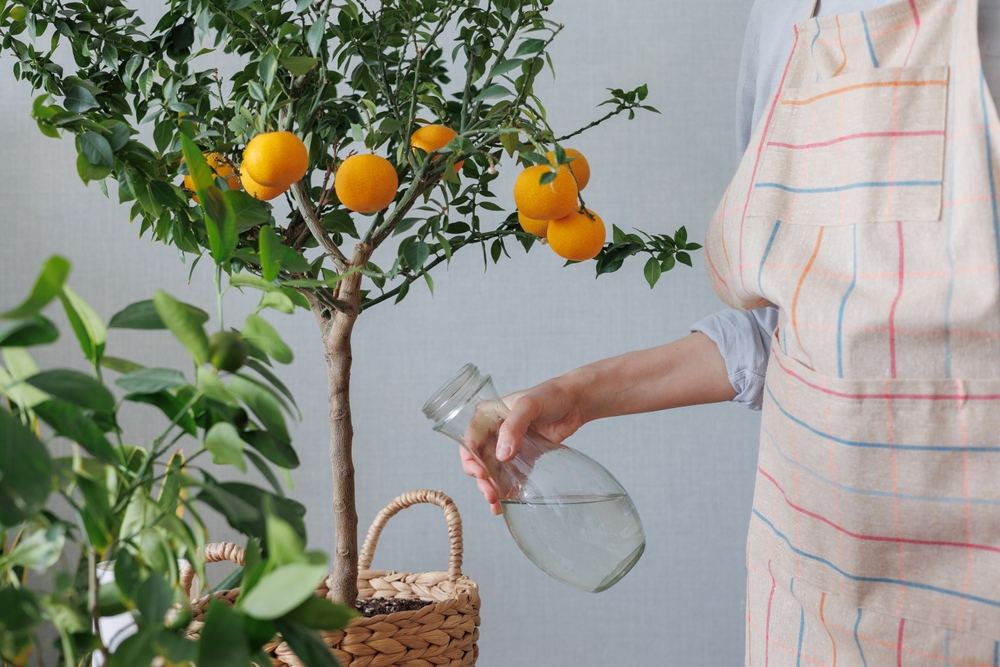
Fruit trees like deep watering rather than frequent light sprinkling. Water at the base and let the soil soak up the moisture. If you’re using containers, check them regularly since pots dry out faster, especially in warm weather.
Feed your trees with compost or an organic fertilizer designed for fruit. Keep an eye out for signs like yellowing leaves or overly dark, curled leaves. It’s all about balance.
Dealing with Pests and Diseases in Small Spaces
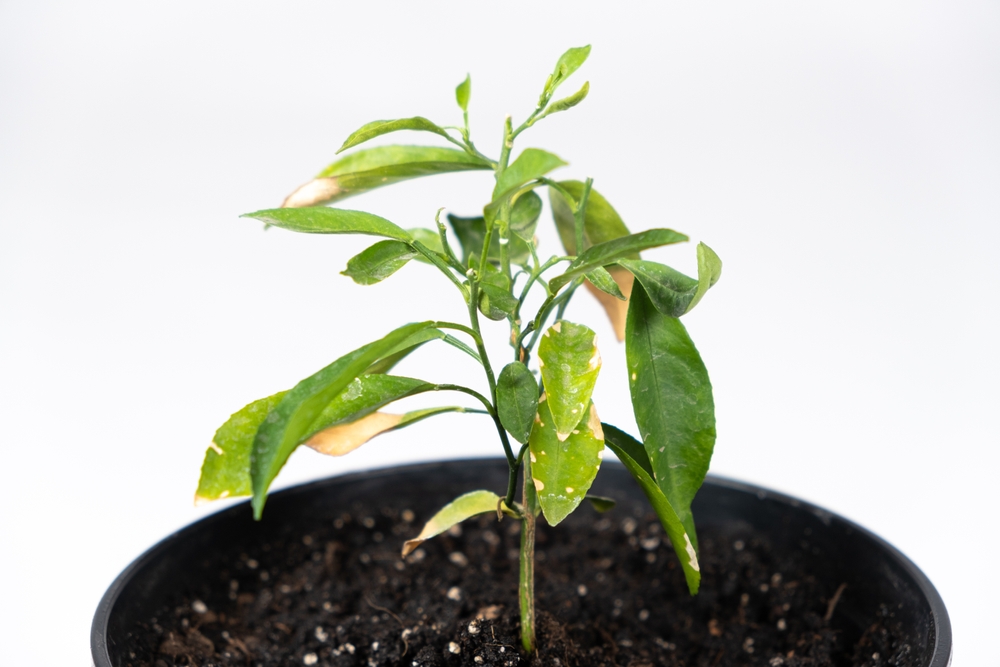
Smaller spaces can sometimes make it easier to spot problems early. Neem oil, insecticidal soap, or hand-picking pests can all help keep things under control without harsh chemicals.
- Cleaning up fallen fruit and leaves regularly
- Pruning to improve airflow
- Keeping tools clean and dry
- Watching for signs like sticky leaves, spots, or chewed edges
It’s best to stick with natural pest control if possible and only use chemicals as a last resort.
Harvesting and Storing Your Fruit
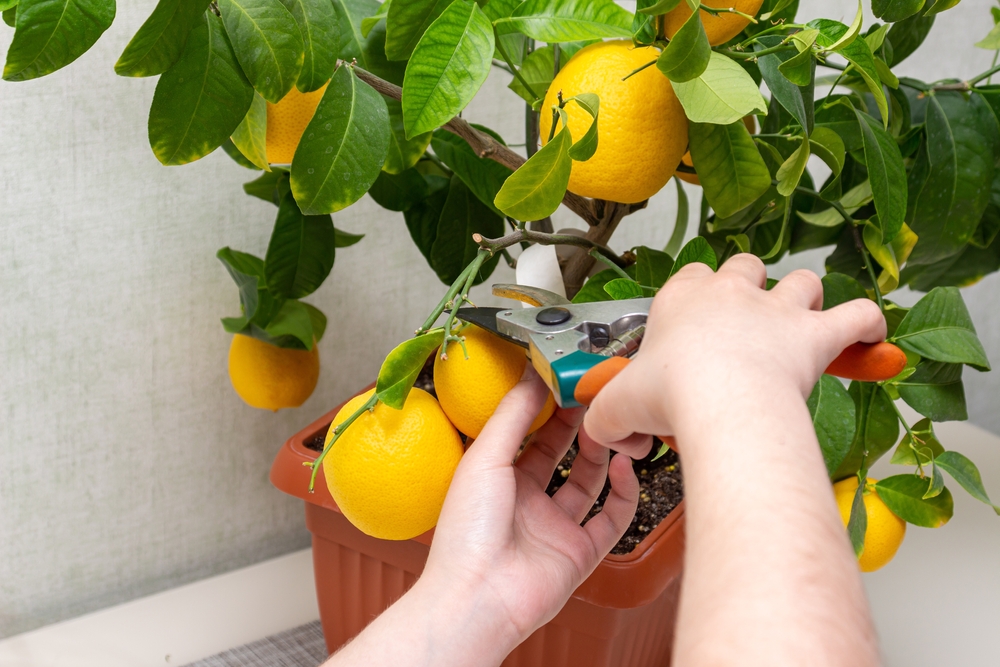
Most fruits are ready when they come off the tree with a gentle twist or tug. Taste is your best guide. If it’s sweet and juicy, it’s probably good to go.
Store your fruit in a cool, dry place. Some types last longer in the fridge, while others, like apples, can sit on the counter for a bit. If you end up with more than you can eat, try freezing, canning, or making jam to enjoy later.
Growing fruit trees in small spaces is totally doable. With the right tree, a sunny spot, and a little care, you’ll be picking your own fruit in no time.
Even a tiny backyard can surprise you with how much it can give. Try starting with one tree and see how it goes. You might find yourself planting more before long.
This article originally appeared on Avocadu.
